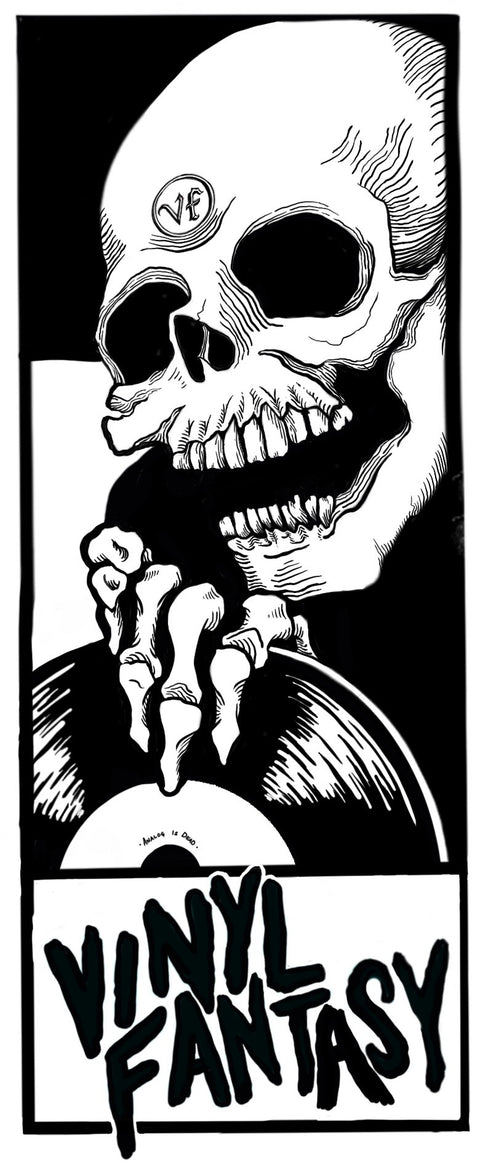Oram, Daphne & Vera Gray - Listen Move and Dance
Brimming with nostalgic charm, Daphne Oram’s sideline in music for school kids resurfaces for the first time in its entirety, including her ‘Electronic Sound Patterns’ amid the original suite of short, electronic adaptations of Bartok, Stravinsky, Shostakovich and others.
Daphne Oram is rightfully hailed as perhaps the most important and overlooked pioneer of British electronic music. In 1959, only one year after establishing the BBC Radiophonic Workshop with Desmond Briscoe, and frustrated by the BBC’s conservatism, she struck out alone, creating music at her Tower Folly studio in Kent. 1962’s ‘Listen, Move and Dance Nos. 1-3’ was one of the few examples of her sidelines to make it onto vinyl back then, and, while some of it has previously appeared on Jonny Trunk’s release of the LP’s ‘Electronic Sound Patterns’, this is the first time the whole LP has been reissued, replete with its original teacher’s notes by Vera Gray.
Surely recalling the squeak of parquet floors and the smell of custard from the canteen, ‘Listen, Move and Dance Nos. 1-3’ was written as instructional music for teachers leading primary school classes for “movement, music and drama”. If you grew up in the UK (or Canada, where the original 2LP was pressed) you’ll surely know the stuff - pretending you’re a tree in the wind, or an ostrich trapped in brambles, while wearing gym kit borrowed from a musty cupboard (or worse, in your pants and vest) - but unless you were doing so in the ‘60s/’70s, Daphne’s efforts have probably escaped you as by the ‘80s schools were already using tape recorders for playback.
The majority of the LP revolves around Vera Gray’s straight excerpts of Bartok, Stravinsky and Shostakovich, among others, but Daphne’s electronic parts are patently the star of the the show. As Vera Gray explains in the notes, the “sound patterns are intended for children to enjoy and may lead them into movement of a dance-like character, or involve them in imaginative situations”, and she goes on to explain Daphne’s process, “By using audio generators, many tape records, filters, ring modulators and other electronic devices she built up the tone colours, pitched each of the notes separately, gave them duration and dynamics and finally spliced the notes together to obtain the required rhythms and sequences.” While we’re not sure that would have meant anything to the average primary school teacher, the notes and music remain a beguiling artefact of bygone educational policies and are perhaps symptomatic of a progressive ‘60s approach to education and experimental music, dance and art forms, essentially posing this record as a strange missing link between early Dr. Who and James Bond soundtracks (which contained lots of Daphne’s electronics), and the cold, imposing, red brick Victorian buildings that many of us called school.


